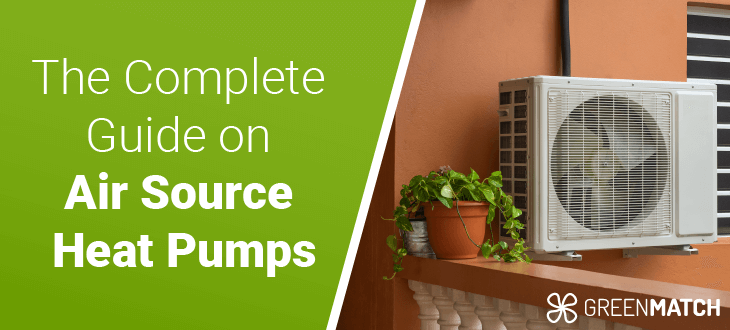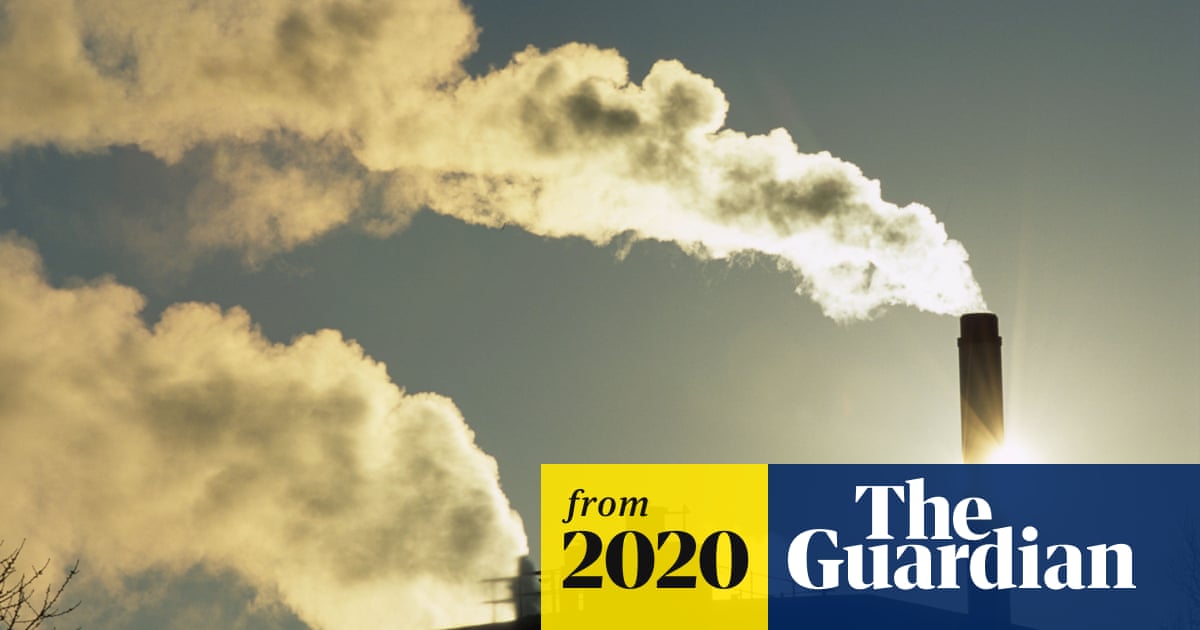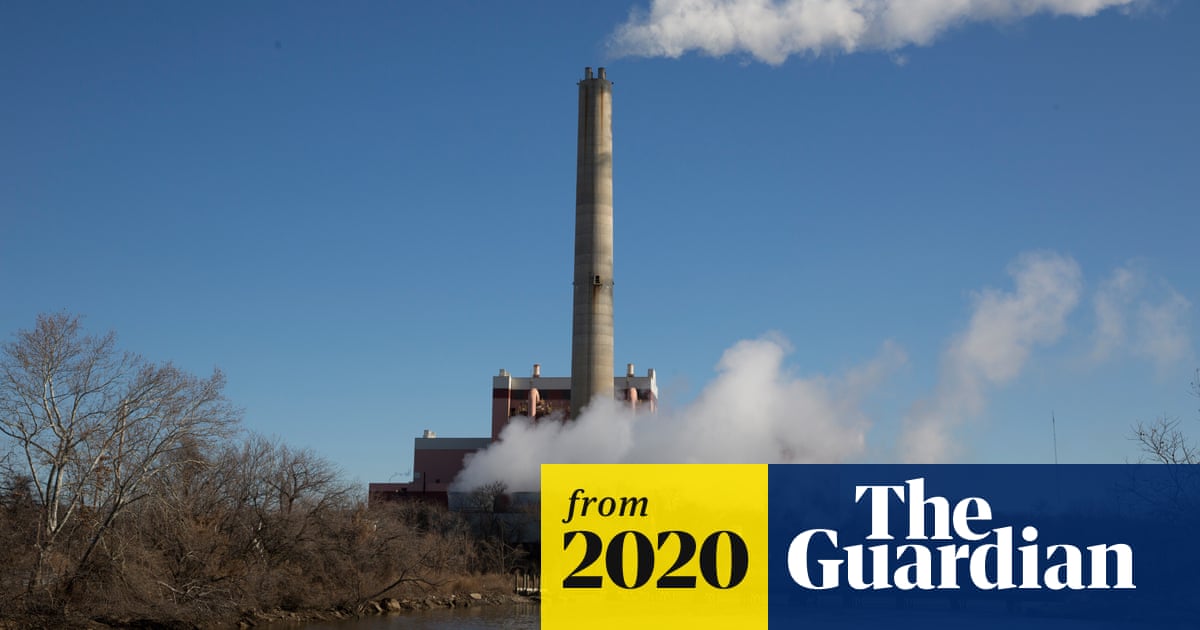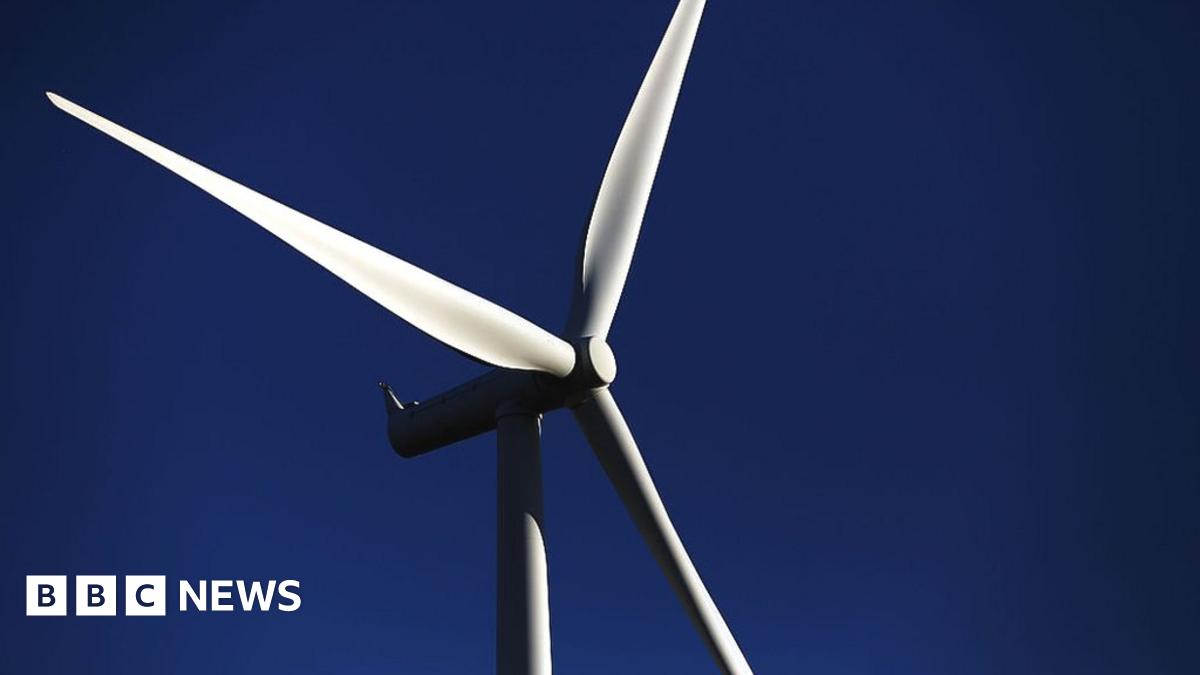Citations please Paul?
Do you honestly believe the limited use of a relatively few domestic wood burners in the UK is contributing anything significant to air polution never mind life expectancy?
They have been takling about PM2.5 particles since the 90's
Exposure to fine particulate matter air pollution has been associated with increased risk of cardiopulmonary and lung cancer morbidity and mortality, suggesting that sustained reductions in pollution exposure should result in improved life ...

www.ncbi.nlm.nih.gov
Apprantely Indirect calculations have found approximately 0.7 to 1.6 years loss of life expectancy attributable to 10 μg/m3...
if statistical garbage is to be believed best stop breathing in




